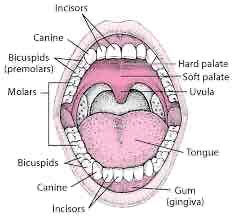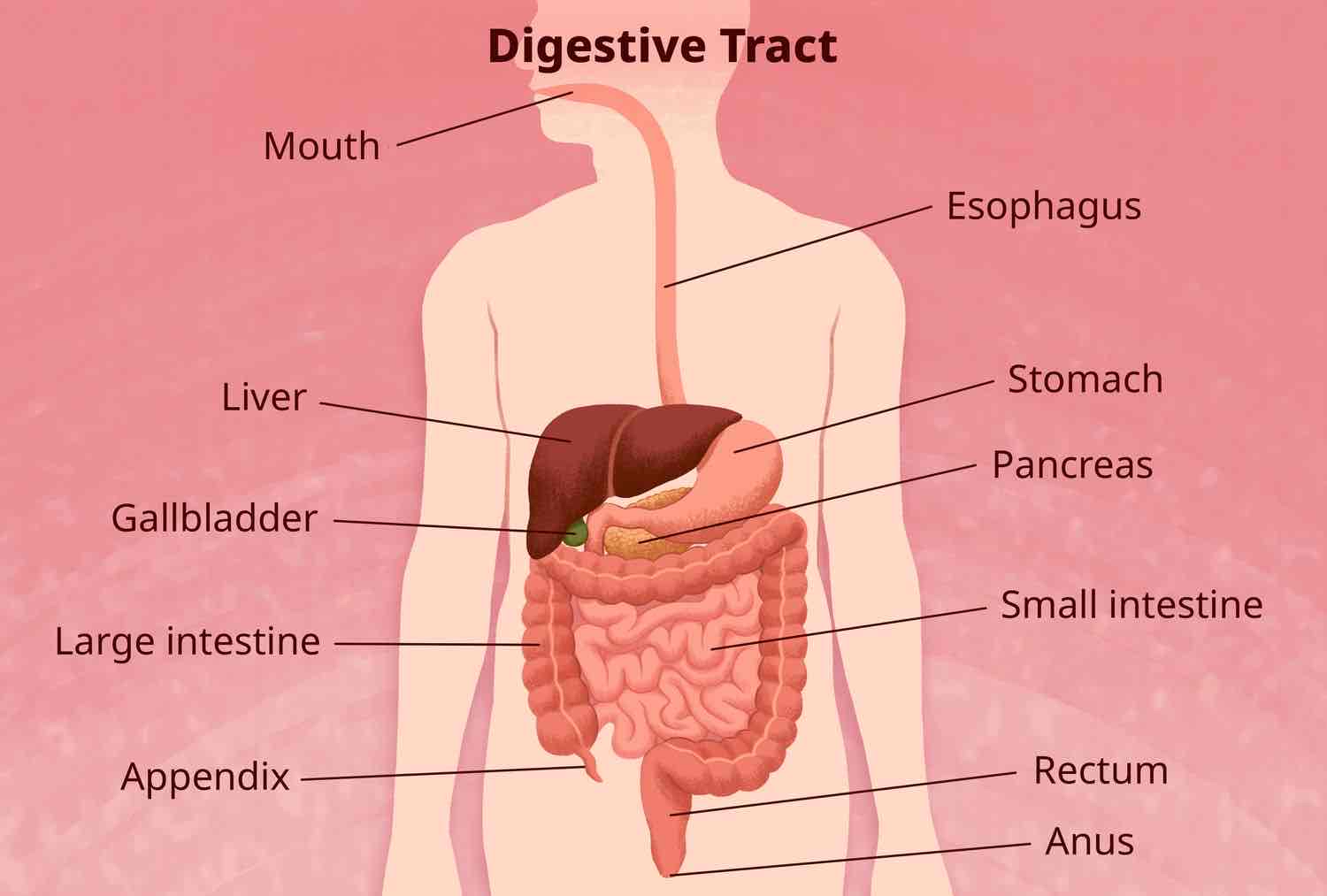Biology GCSE/1st year
1/37
Earn XP
Description and Tags
Plant and animal cell, The heart and Teeth, Digestive system
Name | Mastery | Learn | Test | Matching | Spaced |
|---|
No study sessions yet.
38 Terms
Nucleus
Carries genes which control activities of the cell.
Cytoplasm
Watery fluids of salts and food in which organelles float.
Mitochondria
Energy released from food in respiration.
Chloroplast
Carries chlorophyll, which is used to make food in photosynthesis.
Ribosome
Makes proteins, e.g. enzymes
Cell membrane
Mostly made up of fat, protects the cell, allows substances in and out of the cell.
Cell wall
Made of cellulose provides extra protection for the cell.
Vacuole
space in the cytoplasm where food and water are stored.
Pulmonary Artery
Carries blood from the right ventricle to the lungs.
Vena Cava
Carries blood from around the body to the heart.
Right atrium
Receives deoxygenated blood from the vena cava.
Right ventricle
Receives blood from the right atrium, pumps blood into the pulmonary artery.
Septum
Wall separating both sides of the heart.
Aorta
Carries blood from the heart to send it around the body.
Pulmonary vein
Carries blood back from the lungs to the left atrium.
Left atrium
Receives oxygenated blood from the pulmonary vein.
Valve
Valves prevent the blood flowing backwards.
Left ventricle
Receives blood from the left atrium, pumps blood into aorta.
Molar
Chews and grinds food
Premolar
Chews and grinds food.
Caine
Grips and tears food.
Incisor
Cuts and slices food
What are the front teeth called?
Incisor

Takes in food and chews it
Mouth
Produces amylase
Salivary glands
Carries food from the mouth to the stomach
Oesphagus
Produces bile to aid digestion of fat
Liver
Stores bile until it is needed in the small intestine
Gall bladder
Digests food, absorbs food into the blood
Small intestine
Churns food, adds hydrochloric acid to the food
Stomach
Makes enzymes to digest food
Pancreas
Absorbs water from food into the blood
Colon/ part of large intestine
Stores faeces for egestion
Rectum/part of large intestine
Prepares undigested food for egestion
Large intestine
Allows faeces to pass from the body (egestion)
Anus
The digestive system (picture)

Function of blood
•Transports food to cells
•Helps fight infections
•Transports oxygen to cells
Composition of blood